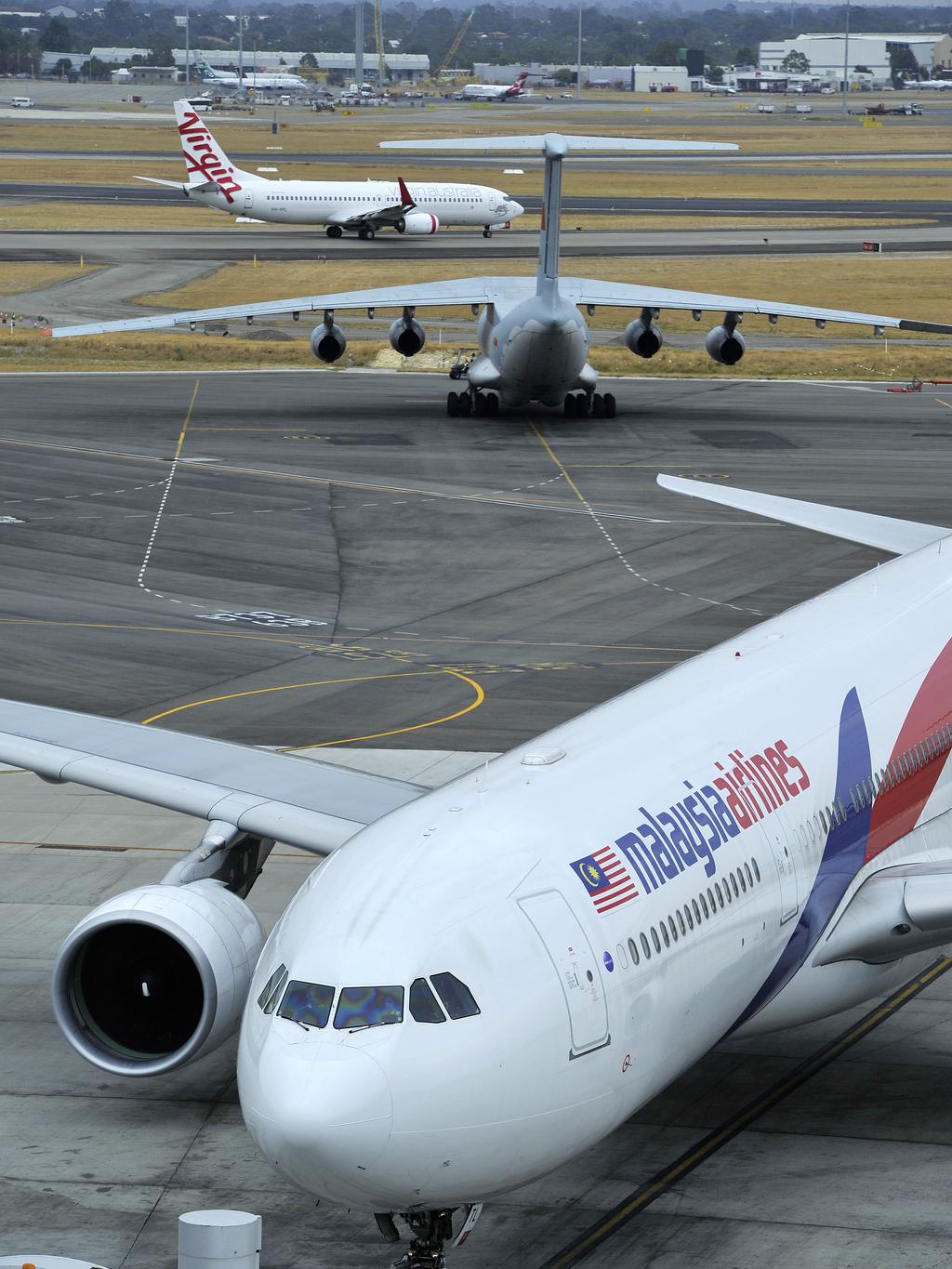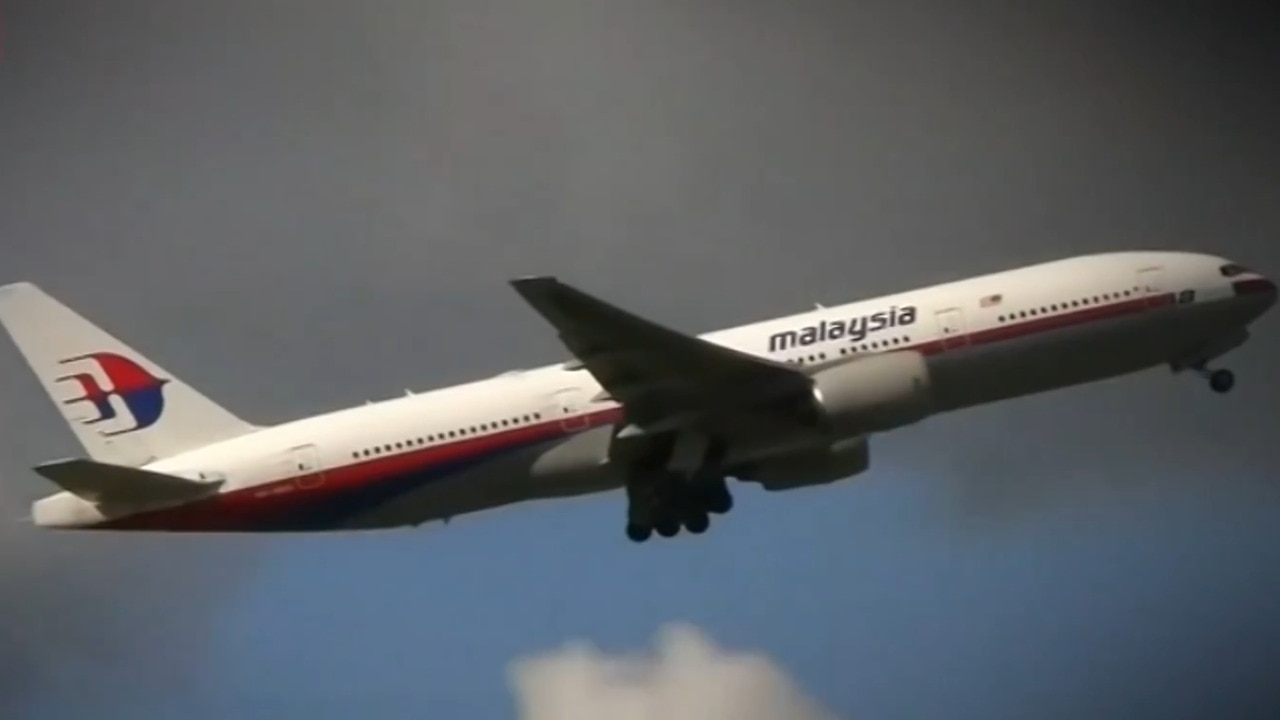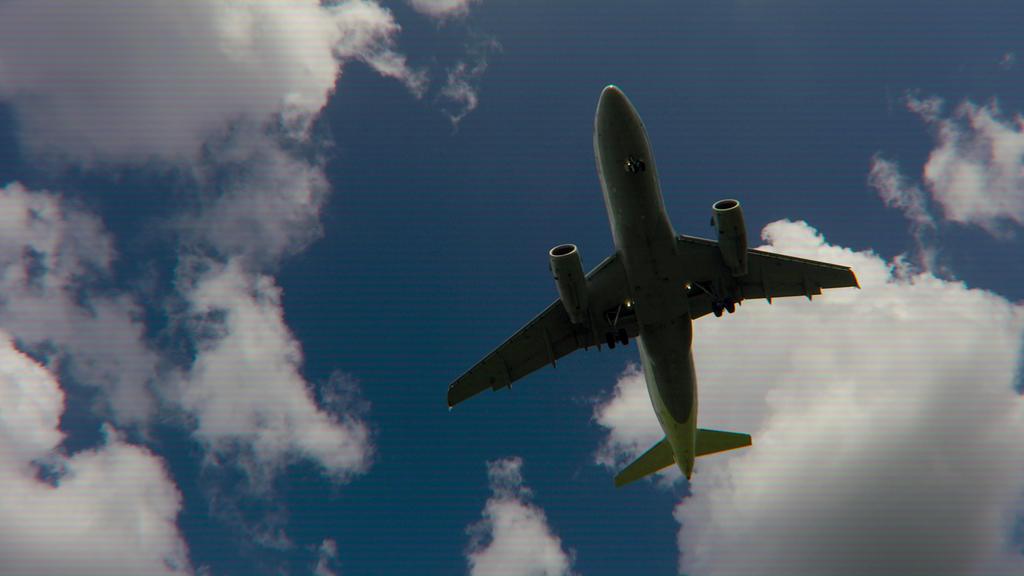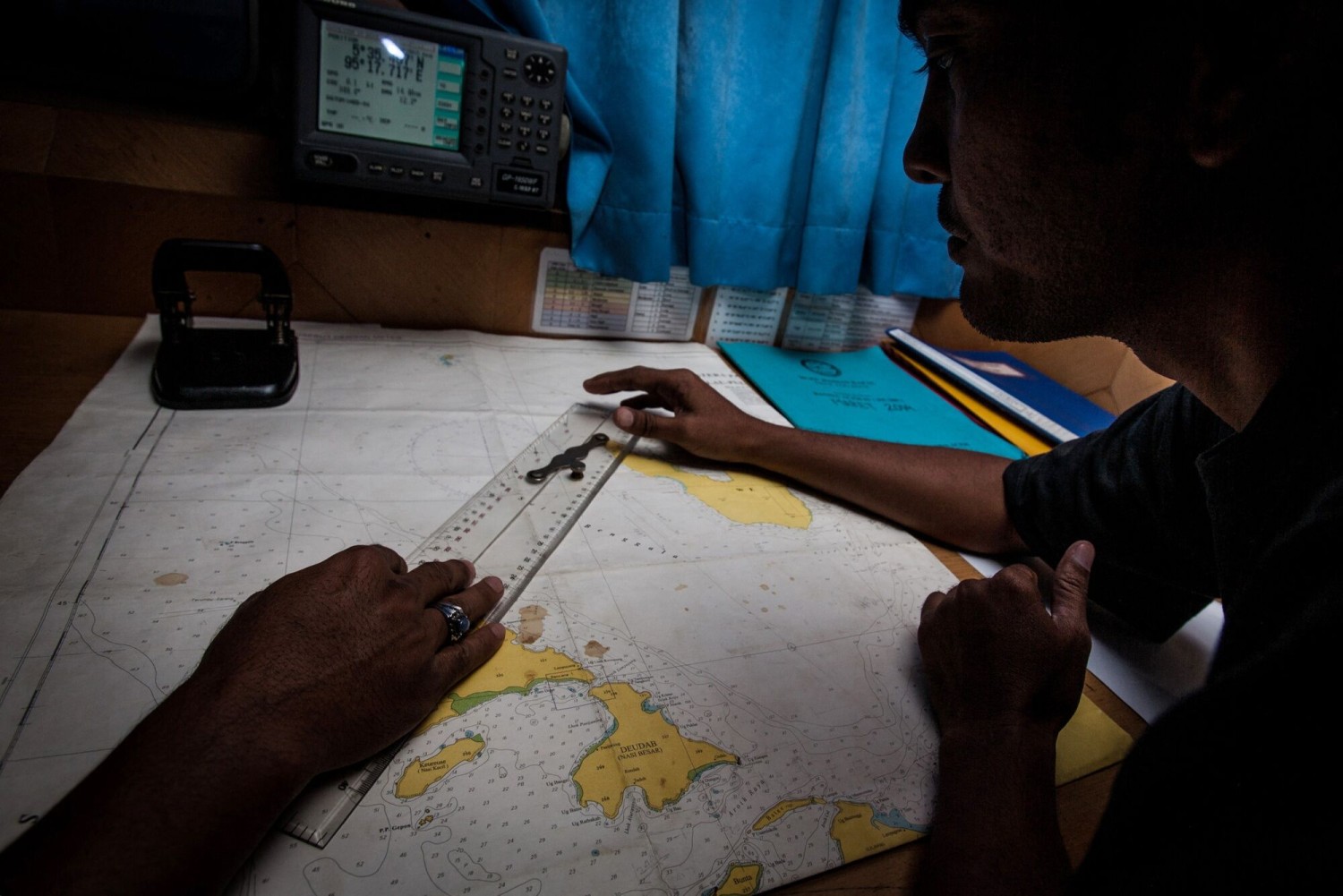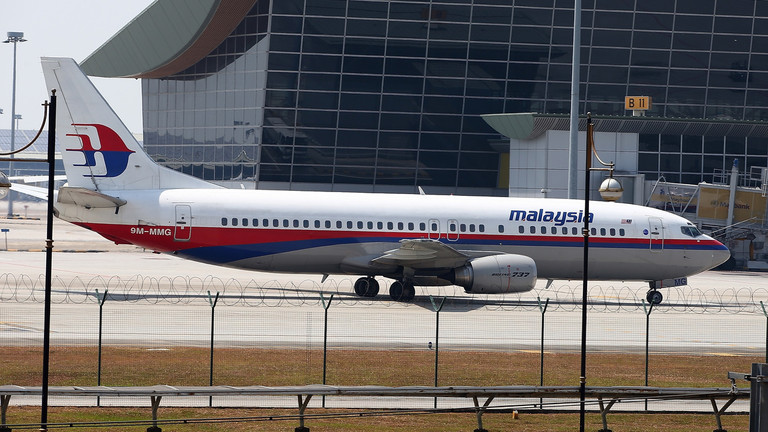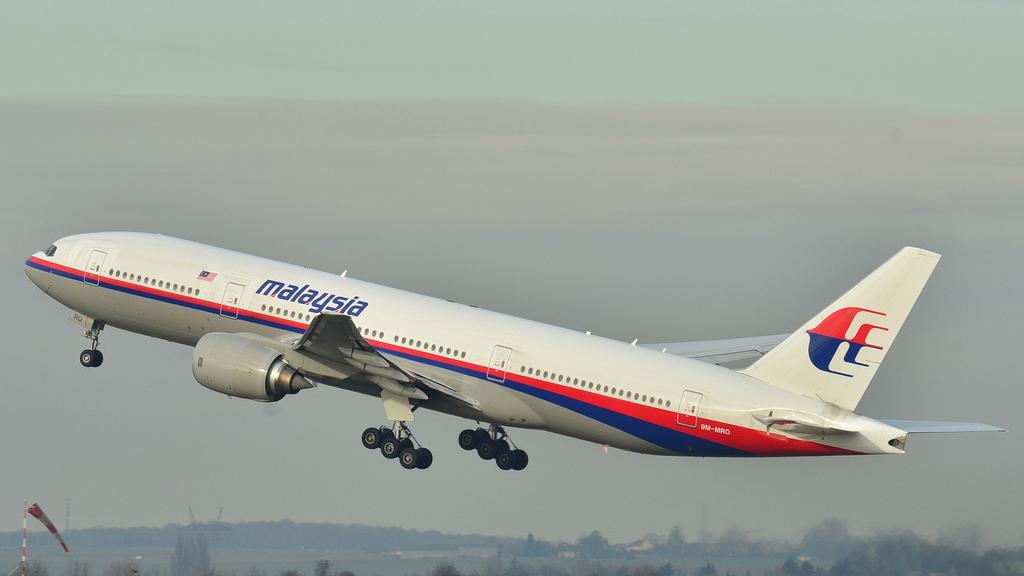
This article is more than
9 year oldHow Were They So Wrong About MH370?
It wasn't supposed to end like to this. Earlier today, ministers from the three nations responsible for finding Malaysia Airlines Flight 370-Australia, China, and Malaysia-announced that they would stop looking for the lost jet once the current 46,000-square-mile search zone is completed this fall. The decision was essentially an acknowledgement that they'd come up empty-handed in their quest to find the plane that disappeared from the face of the Earth in March 2014 with 239 people on board. This after two years of official assurances that success was right around the corner.
Why had they been so confident in the first place? How could they have been wrong?
Why had they been so confident in the first place? How could they have been wrong? And if the plane isn't where it was supposed to be, where else could it have gone? We've gone through two years of clues and conspiracy theories and false starts. But to understand how we've come to this point, it's necessary to review the clues that search officials possessed, and how they interpreted them.
Calculating the Direction of Flight
There were two reasons why investigators felt certain the plane had flown toward a specific area of the southern Indian Ocean. The first was publicly acknowledged, the second kept secret.
The first reason had to do with signals exchanged between the plane and an Inmarsat satellite. On the night of March 8, 2014, 40 minutes after takeoff, MH370 suddenly went electronically dark over the South China Sea. Every form of communication it had with the outside world was turned off. The plane then pulled a 180, flew back over peninsular Malaysia, headed up the Malacca Strait, and disappeared from radar.
Then, surprisingly, three minutes later, it began communicating again. A piece of equipment in the back of the plane called the Satellite Data Unit (SDU) sent a log-on request to an Inmarsat satellite perched in a geosynchronous orbit high above the Indian Ocean. For the next six hours, the SDU stayed in contact, automatically sending intermittent pings that were automatically recorded by Inmarsat computers on the ground.
The transmissions didn't contain any data per se, but in the weeks that followed investigators discovered they could mathematically wring from it clues about where the plane had gone. There were two types of data. The first, called Burst Timing Offset (BTO), indicated how far the plane was from the satellite at a given time. Investigators used that data to create a set of "ping rings;" you may remember seeing the maps overlaid with these lines showing where the plane must have been at a given time. The BTO info is fairly precise, providing an accuracy of within 10 km (about 6 miles).
The second type of data is Burst Frequency Offset (BFO), which measures the effect of Doppler shift and other factors on the aircraft's signal. BFO turned out to be much more complicated and fuzzier than the BTO data. For a time, investigators hoped that they combine it with BTO values to narrow down the plane's endpoint, but this proved impossible. However, BFO does provide an unambiguous indication that the plane flew south over the Indian Ocean, not north to Asia.
After much mathematical wrestling, the investigators realized that by the clever use of statistics, they could figure out where the plane went using BTO data alone. They used supercomputers to generate a huge number of random routes and test them to see which fit the observed data. The result: MH370 probably flew straight and fast, around the speed commercial jets usually fly, and ended up somewhere along a 500-mile stretch of the final ping arc.
This was the official methodology that Australian officials presented to the public. Behind the scenes, they had another piece of information that the Malaysian government didn't want leaked to the public: That the FBI had examined the flight simulator that the plane's captain, Zaharie Shah, kept in his basement. It found deleted files for a flight that ended in fuel exhaustion over the southern Indian Ocean. This flight didn't match up exactly with the ping ring data, but to U.S. and Australian investigators it provided compelling confirmation that the captain had indeed planned a suicide flight into the remote southern Indian Ocean. They were convinced that they were on the right track.
Defining the Search Area
In October 2014, search ships began steaming up and down the final ping arc, towing sidescan-sonar equipment that could image the seabed in photographic detail. Many expected the plane TO be found in short order. When it wasn't, the question became: how far out from the 7th and final arc would they need to search?
To answer that question, experts took a closer look at the final pings from the SDU. Their suggestion: What if the SDU, which we know had already re-logged on with the satellite once before (almost unheard of in normal aviation) had dropped out and logged back in yet again? Their reasoning was that the plane probably ran out of fuel, causing the engines to stop and their generators to stop delivering power to the satcom system, but then an emergency generator kicked in and the SDU powered up and logged back on.
At the time of the final ping, then, the plane had been without engine power for eight minutes. What searchers need to figure out was how far the plane could have traveledafter that. The crucial factor was whether a pilot had been at the controls. If the cockpit was unmanned-if Zaharie had taken a suicide pill after turning toward the empty ocean, for instance, or the captain and first officer had killed one another in a struggle for control-then the end would have come quickly. Based on past accidents and flight simulations, the searchers decided that an out-of-fuel 777 with no pilot would have entered a spiral dive and crash within 20 nautical miles. Add in a fudge factor of another 20 miles, and searchers ended up with a search box that stretched 40 nautical miles on either side of the final ping arc.
It was also conceivable, however, that Zaharie had been alert at the controls at the moment of fuel exhaustion. If that were the case, then the plane wouldn't necessarily have spun out of control. Zaharie could have held the wings level and let the plane glide all the way down to the surface. In that event, the plane could have traveled another 100 nautical miles in either direction.
In the end it came down to practicality. Searching an area of four-mile-deep seabed 500 miles long and 80 miles across was a task of unprecedented ambition. Even searching one 200 miles wide seemed crazy. So investigators decided the pilots were most likely unresponsive by the end of the flight, and expressed absolute confidence in their verdict: The plane would be found within the narrower search area. Lead Australian crash investigator Peter Foley put the champagne on ice in November 2014, telling News.com.au that "the 1988 Moet is chilling nicely."
Nothing There
By July 2015, searchers had looked at seabed out to a distance of 15 nautical miles inside the final arc and 23 nautical miles outside it. Nothing. As the months flew by, the official search plan was starting to look shaky. This is when the doubts crept in. Did the plane really go south after all? Could the BFO data have been misunderstood, or even perhaps maliciously spoofed by ingenious hijackers? Were the conspiracy theorists right all along?
Then, on July 29, a beach cleanup crew on Réunion Island in the western Indian Ocean found a piece of the plane's right wing on a pebbly beach. That issue, at least, appeared to be settled: the plane was somewhere in the ocean. In months that followed, more aircraft pieces turned up on nearby islands and on the coast of Africa. The search pressed on.
And still-nothing. Here we are today, a year later, and still not a trace of the plane has been found on the seabed. The searchers have scoured more than 90 percent of the seabed search area, a rectangle extending from 30 miles inside the arc to 50 miles outside it.
What assumption had been faulty? Where did things go wrong?
The most obvious candidate is that the plane wasn't pilotless at the end. "If it was manned it could glide for a long way," the director of Fugro, one of the companies conducting the search, told Reuters this week. "You could glide it for further than our search area is, so I believe the logical conclusion will be well maybe that is the other scenario."
If he's right, then a logical course of action would be to keep looking further outward from the final ping arc. Now that 46,000 square miles have been scanned, searching another 115,000 doesn't seem so crazy. Sure, we'd be following a $130 million, two-year fruitless search with one on the order of $325 million and five years, but that doesn't seem so extravagant when you realize that a single 777 costs $250 million.
The problem is that there's no guarantee the plane would turn up in the extended area, either. What if a different assumption is the faulty one-for example, the flight-path calculation? Maybe the plane took a lower-probability route that veered further to the north. Indeed, several studies of debris drift routes suggest that the plane hit the water somewhere in that direction. "The best guess that we think is that it's probably around the Broken Ridge region, which is slightly to the north of the area that they're looking at," Western Australian University oceanographer Charitha Pattiaratchi told the South China Morning Post.
We may never know. Today's announcement of the looming end of the search means neither of these possibilities will be explored. Although China, France and Malaysia are technically "suspending" the search until "credible new information" turns up, no one really believes that this will ever happen. It's game over.
Three months ago, Martin Dolan, then head of the Australian agency leading the seabed search, told the Guardian that he still felt it "very likely" that the plane would be found in the current search area because the investigators' technical analysis was "a very reliable proposition." It was the latest-and ultimately the last-in a series of official assurances that stretched back two years. What's now clear is that behind that the search leaders' confidence was not based on well-grounded certainty but rather on a calculated gamble. That gamble didn't pay off.





